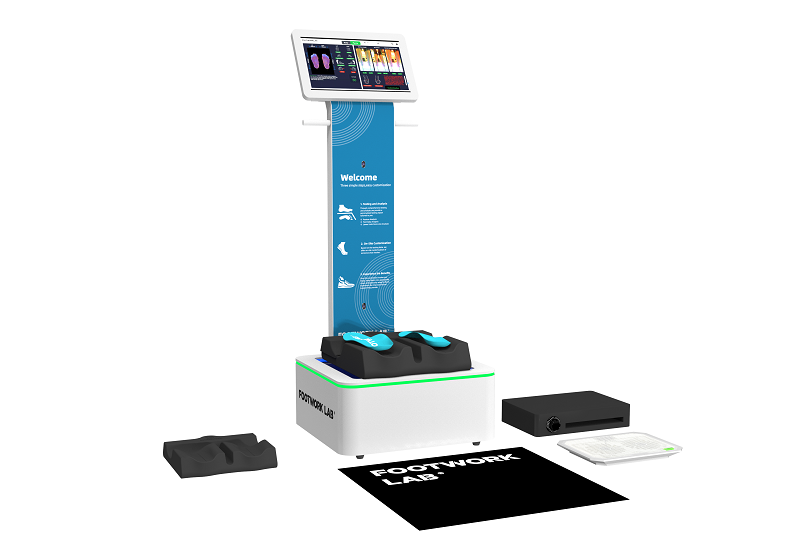The diabetic foot pressure assessment is an intricate procedure aimed at determining the potential risk for ulceration within a particular set of diabetic patients with insensitivity or high pressure, focusing on the more insensitive or high-pressure areas. Healthcare professionals determine sensory function, monitored by the ability to feel a 10 g monofilament through mechanostimulation and stress (pressure exceeding 800 kPa). Those with higher grade ulcers and with lesser sensation are bound to suffer more, therefore requiring more custom off-loading orthotics or diabetic shoes. Enhanced assessments incorporate thermal imaging along with pressure data to create a more complete risk profile. Coupling education on foot care with regular assessment intervals of three months has demonstrated a 60% reduction in diabetic foot ulcers, underscoring the critical need for proactive pressure monitoring in this group.
